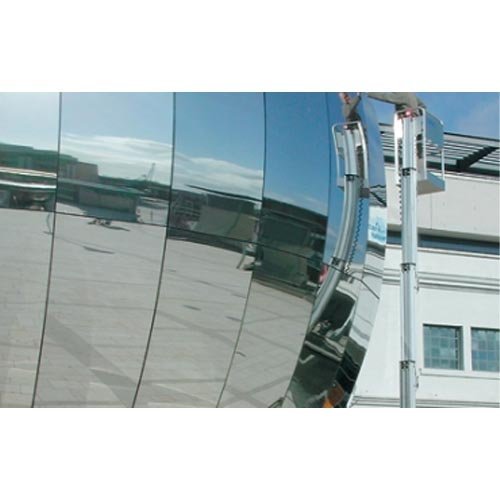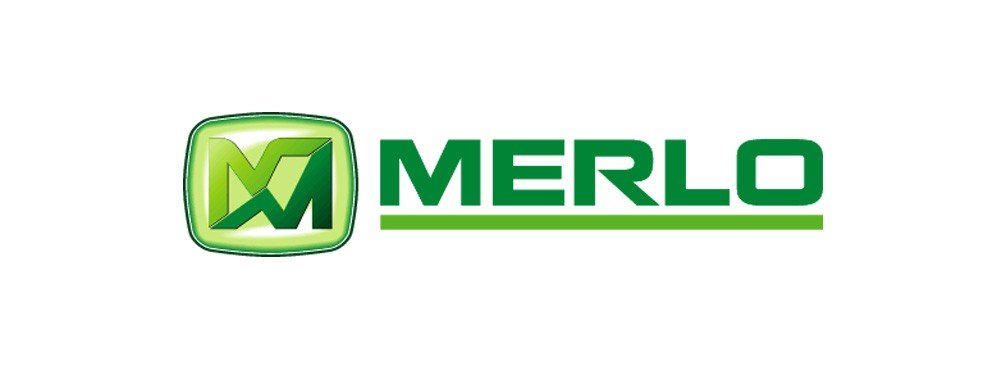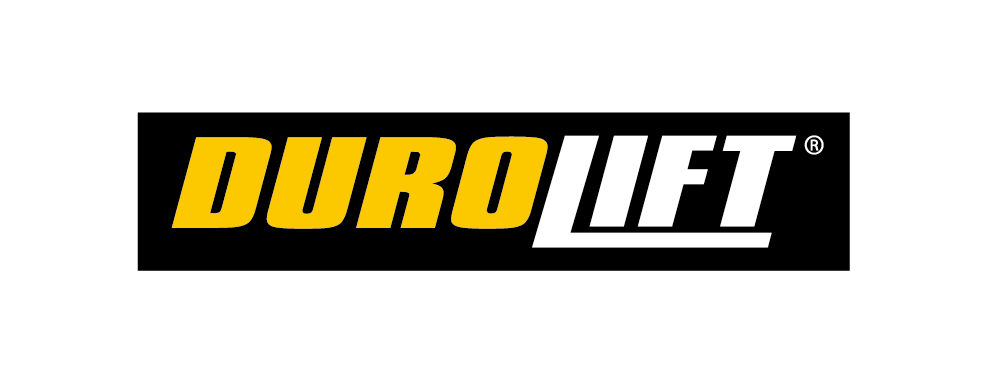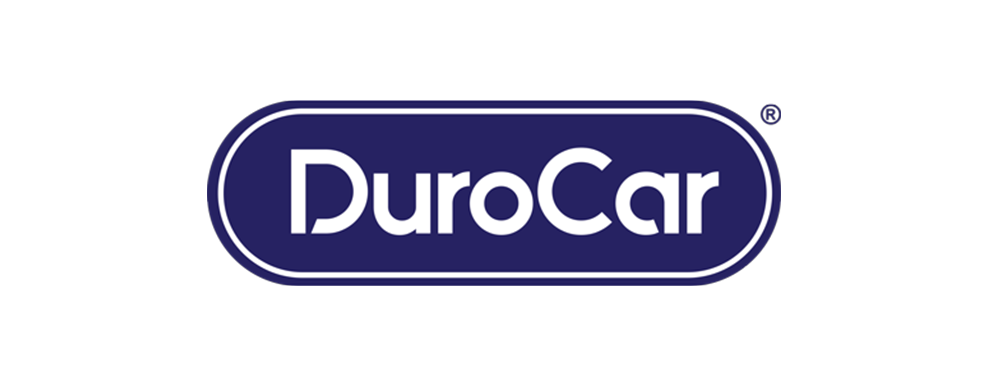ass manufacturing of electric vehicles is a long way off. And despite all the hype from Tesler and the like, highways and byways crowded with electric vehicles is not going to happen any time soon. But supporters of no-emission, low-energy consumption vehicles should not despair: electric vehicles are coming to market thick and fast — just not in places where they are very noticeable.
Electric vehicles can be broadly categorised as low-speed electric vehicles (EVs) and electric utility vehicles (EUVs). Manufacturers are many, and they operate in highly segmented markets, thriving in specific application sectors where luxury and speed are not the main considerations, or in sectors where EVs really do have an advantage over conventionally-fuelled vehicles.
Tortor mi mus nascetur
Today’s low-speed EVs that target the car-buying public are often based on successful concepts used in golf cart production. But they currently lack the refinements and performance that give them mass market appeal. They do, however, deliver advantages, and when you consider the rapid advances in applied technologies, it will only be a matter of time before they are able to match closely traditional cars, and so gain wider acceptance.
EUVs are out there, but are not so visible because they often replicate the external characteristics of conventional combustion-powered vehicles. They are available in sizes and specifications to suit almost every application from flat-bed to task-specific, and they are all powered by battery.
It’s well known that the limiting factor when it comes to EVs entering the traditional vehicle market is battery performance; that, and battery costs. However, both performance and cost factors are improving almost daily. Batteries are ever more powerful and long-lasting, and ever cheaper to manufacture. So what was seen as the main downside to EVs is quickly changing as the performance/price ratio alters. As technology improvements impact on battery performance, EVs will impact on the low-end family car and small commercial vehicle markets.
More and more urban areas are imposing emissions and congestion charges for combustion-powered vehicles. Size restrictions are common, and ever higher road taxes and fuel prices add to the cost burden on the private driver and commercial operator. EUVs represent a real, viable alternative in densely populated areas. They are smaller, easier to manoeuvre and park, and invariable do not have environmental levies imposed on them. Although limited by range, payload, speed and often refinements, for those not seriously impacted they are an ideal solution.
For decades, low-speed EVs and EUVs have been out there doing good work in golf clubs, real estate developments, campuses and hospitals, and are frequently used for localised door-to-door deliveries in urban areas. The immediate future will see thousands upon thousands more low-speed EVs entering narrow market segments where traditional vehicles simply cannot compete on a cost of operation basis. They will emerge in all sorts of day-to-day environments: retirees will use them drive to and from shops, medical and leisure centres; delivery firms will use them in emission-controlled inner city areas; farmers will use all-terrain EVs as workhorses. They will be appearing all across the social and economic landscapes of the world, providing low-cost transport to thousands of people in emerging countries. In China already, research shows that over 200,000 bottom-end low-speed EVs were purchased in 2013 alone.
Improvements to electric vehicle performance and refinements are happening every day, but many of them still don’t seem like much compared to the feature-rich autos that currently abound. That’s why mainstream motor manufacturers don’t feel threatened and don’t react: EVs are essentially inferior, and not seen as ‘real cars’. But the simplicity of function and manufacturing of EVs has motivated many small-scale manufacturers to enter the market and carve out profitable niches. This in turn is leading to rapid performance improvements — and more and more features that consumers have on their wish lists.
























